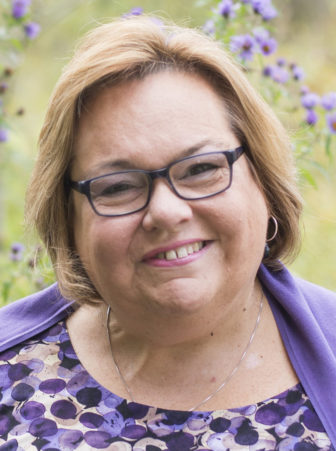
 Abuse occurs every minute of every day. It occurs in every community, in every economic, racial, ethnic, religious and other demographic group. No segment of our society is immune. The sad reality is that abuse in all its forms (physical, sexual, emotional/verbal and bullying, neglect) is far too common.
Abuse occurs every minute of every day. It occurs in every community, in every economic, racial, ethnic, religious and other demographic group. No segment of our society is immune. The sad reality is that abuse in all its forms (physical, sexual, emotional/verbal and bullying, neglect) is far too common.
As much as we wish we could somehow reverse the many incidences of abuse, we can’t. All we can do is try to ensure they don’t happen again and take the right steps to keep our most vulnerable out of harm’s way. Due diligence requires anticipation of every undesirable situation and then appropriate planning to prevent unwanted outcomes through risk avoidance measures.
Abuse issues and safety remain a chief concern for youth service organizations. When abuse involving organizations and individuals that serve youth come to light, the disclosure is often delayed for years or even decades, making it challenging to accurately estimate the magnitude of the problem. Still, any incident of abuse is unacceptable, especially in an environment designed to benefit children and where they are presumed to be safe.
Research tells us that some youth are particularly vulnerable to the attention of offenders. Organizations therefore must balance caring with caution, and provide and maintain a nurturing environment that keeps children safe and doesn’t unintentionally invite abusers in. While youth service organizations have stepped up training and staff selection efforts in recent years, there is still much work to be done. Abuse prevention and protection must be a strategic initiative.
So what is the standard of protection? It involves an organization having:
- A statement of policy: A written policy formally approved, implemented and periodically reviewed under the direction of executive leadership. It should confirm your commitment to providing a safe environment, declaring zero tolerance for abuse, harassment or neglect. The declared purpose of the policy should be clearly expressed: preventing harm to the children and youth in your care and protecting your staff and volunteers from false or wrongful allegations.
- A definition of abuse: Define abuse and related issues so that all of your employees and volunteers will clearly understand and be able to identify unacceptable behavior including physical, sexual and emotional abuse, harassment and neglect.
- Screened staff and volunteers: These individuals should be vetted to a degree that is appropriate according to their interaction with the youth in your organization’s care. Screening encompasses a completed application form, interview, reference checks, background checks and annual rescreening.
- Operational procedures written out and distributed to all workers. Operational procedures should include, but are not limited to, guidelines for communication, bullying, social networking, appropriate touch, discipline, emergency response and health and safety guidelines.
- Premise modifications or alterations of your facilities, which can assist in preventing and discouraging abuse incidents.
- Training (orientation and annual refreshers) for all staff members and volunteers who regularly work with youth to assist in the prevention of abuse.
- A protocol for reporting and responding to all allegations or complaints of abuse in an appropriate manner adhering to legal requirements.
This standard of protection is fairly consistent across the United States. Insurance companies support the standard; some may even say insurance companies established the standard. The standard also is used within the courts in identifying what should be known and reasonably done to protect children and youth within our programs and activities.
Even with the standard in place, we still see organizations with gaps in their policies and practices. You should plan to conduct a policy audit every year to be sure your policies are actually being followed and that your practices are adequate. For instance, your background screening may be insufficient if it doesn’t use the most comprehensive sex offender search or relies too heavily on one source of information or on fingerprint checks.
Likewise, are you certain that your organization’s reporting guidelines are not in conflict with what is required of you by law? Older policies are also often missing important operational procedures regarding mobile device use and social media communication. Update your policies to reflect appropriate interaction and allowable contact outside program time.
If we adhere to the standard of protection, we believe we can significantly minimize abuse and ensure that children and young people who are being abused do not go unnoticed. We also demonstrate our duty of care to our staff and volunteers by not placing them in a position where they may be falsely accused of abuse. Together let’s raise the bar on protection.
Melodie Bissell is president of Plan to Protect and Kim Chochon is vice president, partnerships for Verified Volunteers. The organizations recently announced a partnership that aims to provide the highest level of protection for nonprofits serving children, youth and all vulnerable populations.

























